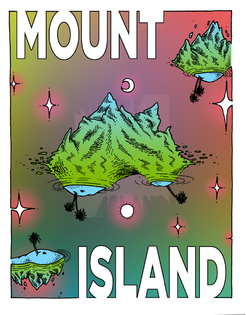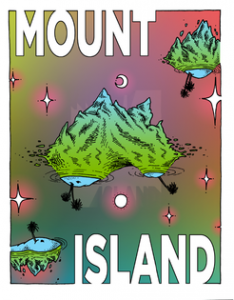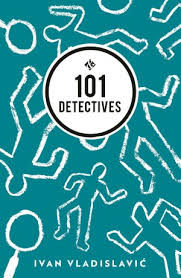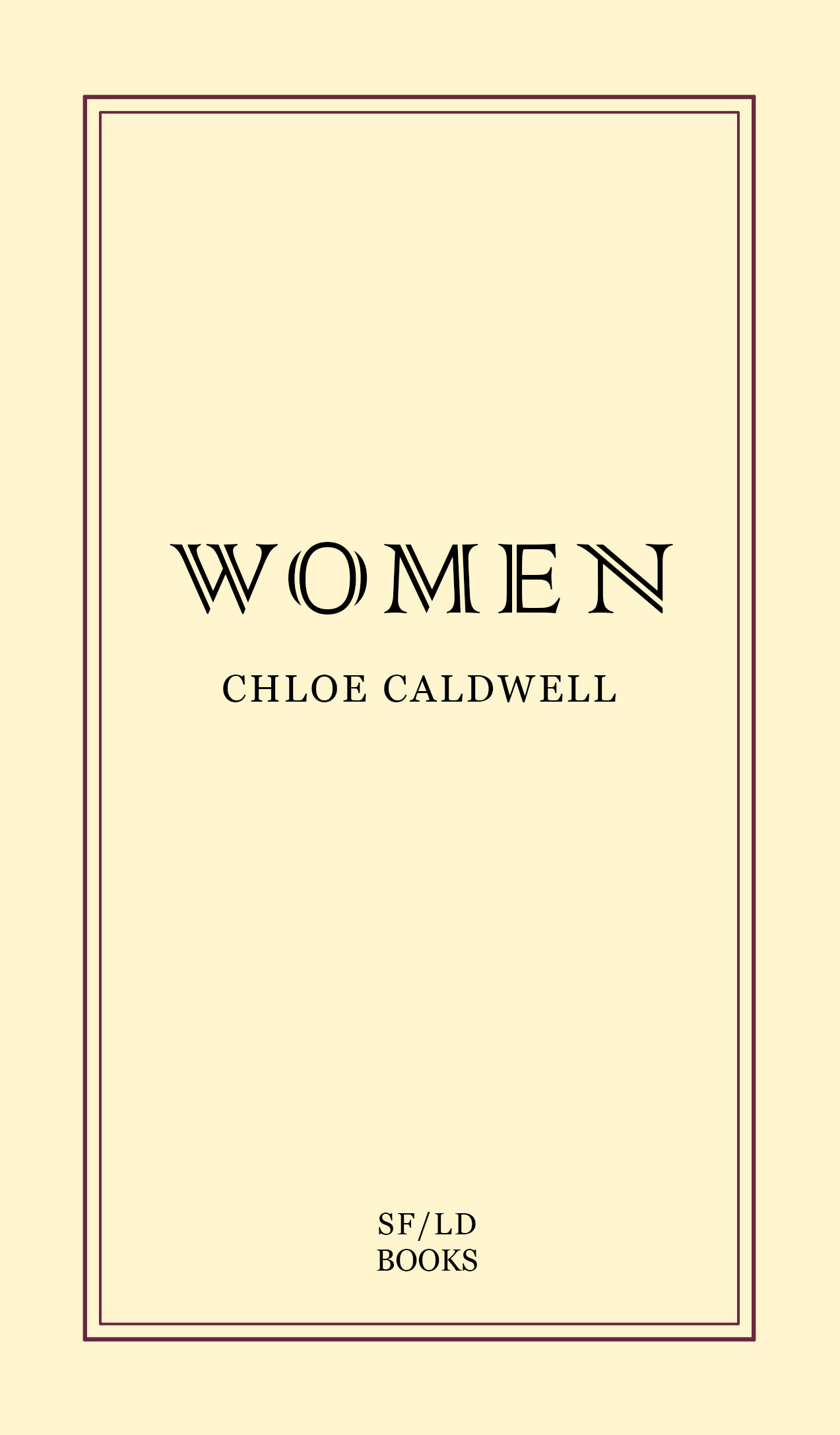Mount Island Magazine #1
-Reviewed by Sarah Gonnet–
The first issue of literary magazine Mount Island encompasses an overall sense of poetry in its words, art and even in the editor’s note. Symbolism reigns over the entire journal and several symbols are carried across multiple pieces, so that you can follow several different symbolic threads through the collection.
Inside the journal a kind of illogical pool of time is explored, allowing the reader to travel more easily between human experiences presented to them. The cover looks like something from the 1960s; the oil paintings from the Pre-Raphaelite period; and the poetry from the 1950s Beat movement.
This variety extends to the wide range of kinds of art that are included- oil paintings, poetry, non-fiction and short prose are all carefully placed throughout the magazine. The cohesion of the collection lies in the subtle links between the pieces. For example the poem ‘Lamb’ by Ben Alshire is placed alongside the painting ‘Burial’ by Bobby Dillan, which depicts a sheep skull.
Lisa Lanser and Dalton Day are at the pinnacle of modernised, but still recognisably Beat era, rhythms in the magazine. They both look at complex themes (similar to those explored by the Beats, madness and drug use) – but the main focus is clearly the writer’s technique. As they are so heavily influenced by the Beat Poets it is a falsified clumsy technique – one which seems beautifully effortless in its final form, but no doubt took a lot of effort to get to the published point. There is a great deal of skill and a sense for raw inspiration needed in a person to produce creative work such as this. It is evident that the magazine takes on experienced writers who know how to work within their field, yet not writers who would find their minds clouded with technicalities over impulse.
Meanwhile, Robert D. Vivian’s non-fiction piece is written with a lack of punctuation, Jack Kerouac-style. This is accentuated by Frances Cannon’s heavily enjambed piece on the following page; both pieces morph into one as you read- it is an experience similar to reading Kerouac’s unedited manuscript for The Road, which he typed out onto one reel of paper.
Near the back of the journal is an interview with the band Steve Jr. Their lead singer looks strikingly like Kurt Cobain, and the entire piece seems to have emerged from a wormhole to the early 1990s. However Steve Jr still have some interesting things to say, and their interview is definitely worth perusing.
It has to be said that this magazine is pretentious on more than one level; however this is no reason to not read it, as it matches its pretensions with a wide variety of high quality writing and art. The whole thing is interesting and varied, leaping from one complex psychological idea to another within a few pages. It is a piece of art and simultaneously a beautiful assortment of exercises for the brain. If you want to think thoughts that haven’t occurred to you since your youth; or go on a time-travel venture into independent creative objects you weren’t born in time to experience the first time around, this is the journal for you.





